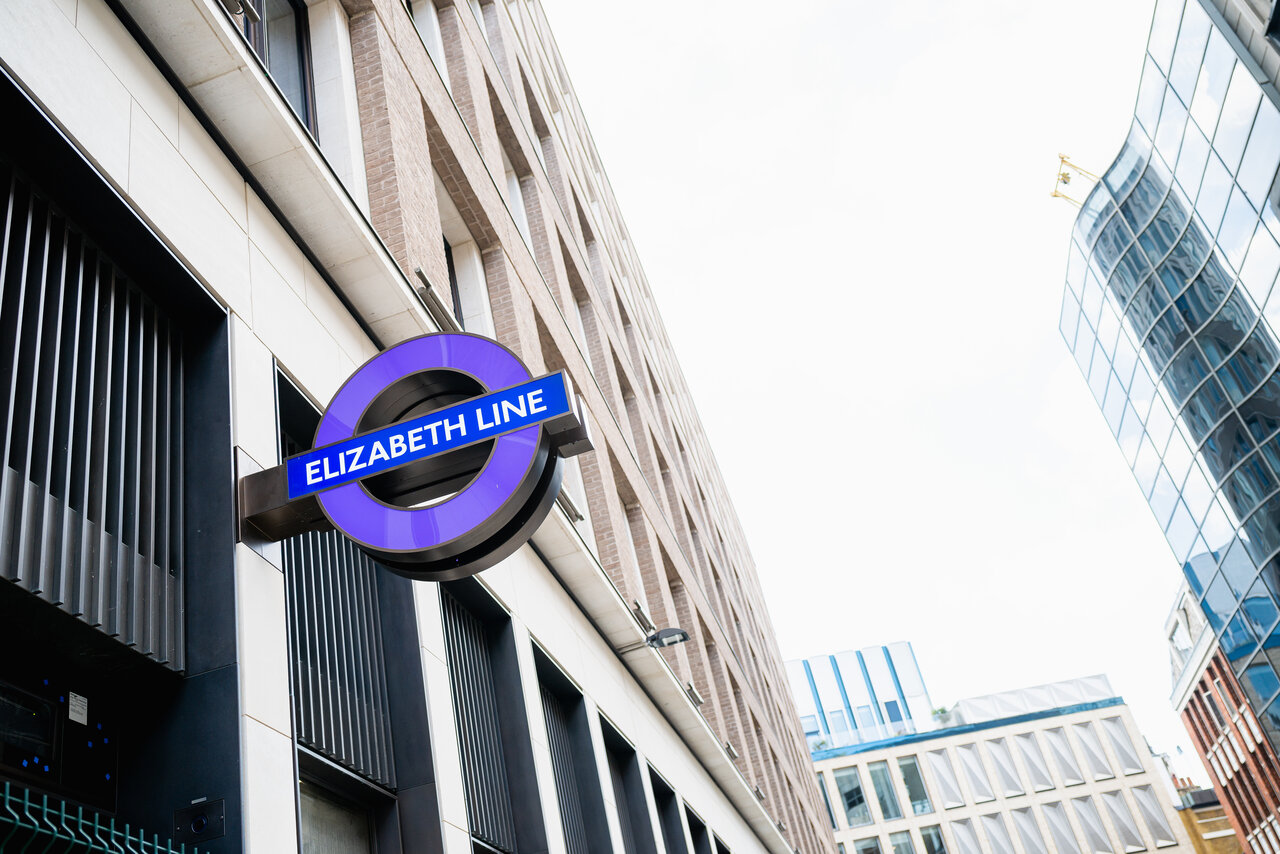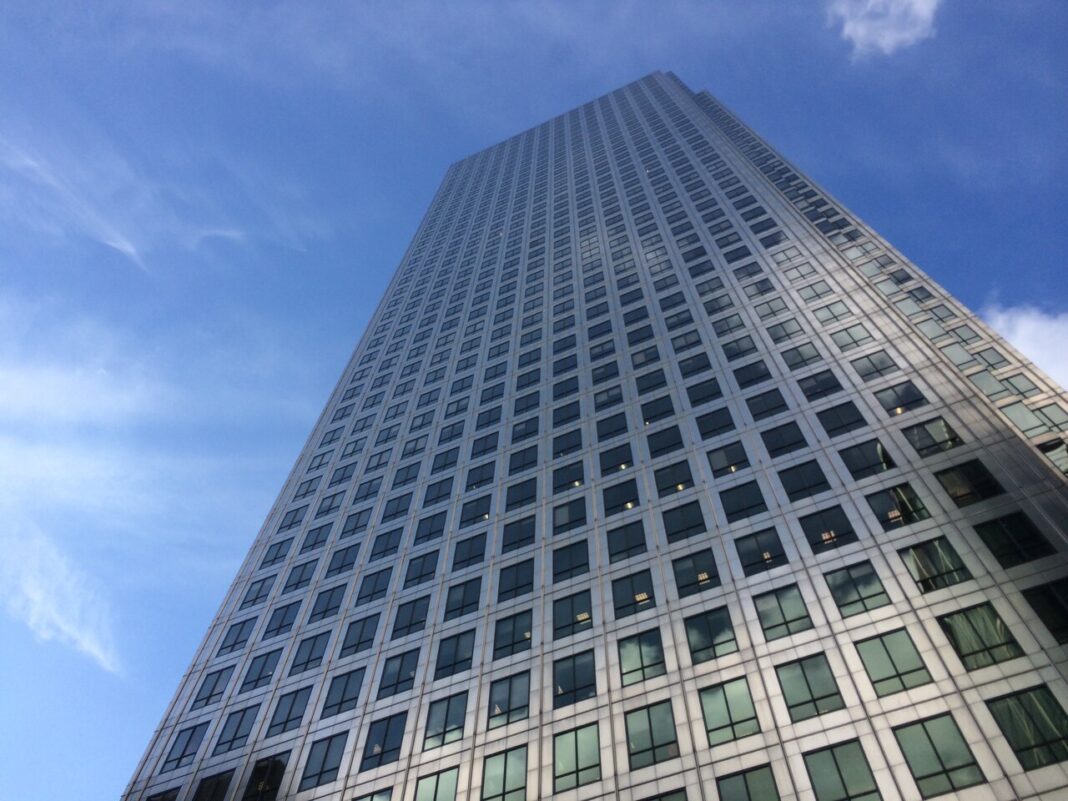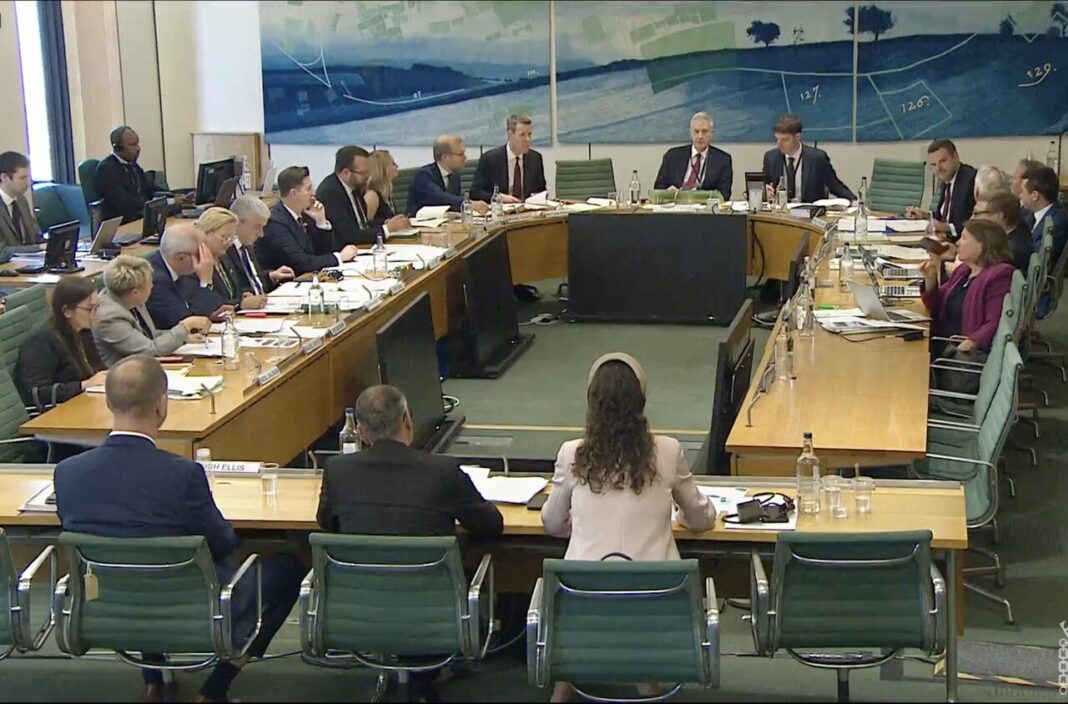UK office leasing demand has reached its highest level since before the pandemic, according to the latest Rightmove Quarterly Commercial Insights Tracker.
The surge marks a 19% increase in unique leasing enquiries compared to the same period in 2024, reflecting renewed confidence in the sector and a growing focus on workplace quality and location.
The Tracker, which draws on millions of data points from the UK’s largest commercial property audience, shows a marked shift in office requirements.
As companies continue to evaluate hybrid working models, demand is concentrating on spaces that offer modern amenities, flexible layouts and strong transport connectivity.
WORKPLACE QUALITY
Short commutes and workplace quality are key priorities for office workers, according to an ongoing poll of over 350 employees from Rightmove’s Living Room research panel.

The most influential factors encouraging office attendance were commute length (51%), access to free or discounted food (39%), flexible hours (34%), and improved facilities (29%).
Common deterrents included long commutes (61%), suboptimal office temperatures (27%), and poor facilities (24%).
Location remains a significant driver of leasing activity, with proximity to major transport links – notably the Elizabeth Line in London – playing a central role in business decision-making.
INVESTMENT ACTIVITY RISING
Investor appetite for commercial property continues to grow, buoyed by improving sentiment in the interest rate environment. Overall demand to invest in commercial assets is 19% higher than in Q1 2024.
Notably, office investment demand has rebounded sharply, now outpacing the industrial sector for the first time in recent quarters. Investment demand in offices is up 75% year-on-year, while industrial property – long the dominant sector – has seen a 70% increase over the same period.
In the leasing market, demand for leisure and hospitality spaces has risen 37% compared to Q1 2024, reflecting sustained recovery in consumer-facing sectors. Industrial leasing also continues to grow, with demand up 37% year-on-year, driven by ongoing expansion in e-commerce and logistics.
MORE INCENTIVES

Andy Miles, Rightmove’s MD of Commercial Real Estate, says: “Modern, well-positioned office space with great amenities and service is being used as an added incentive to attract top talent, to encourage them into city centres more, and is seeing strong demand.
“Older, energy-inefficient and less comfortable office spaces are struggling to meet expectations from office workers.”
LIFESTYLE SPACES

Stephen Page, Partner at Anton Page in London, says: “Post-pandemic, modern offices have become lifestyle spaces rather than just somewhere that people spend the hours of nine to five.
“Businesses want to be near good transport links, particularly key Elizabeth Line stations, and in a building which has the kind of amenities which excites top talent.
“The higher-end of the market, the best-in-class office buildings, are doing well and seeing strong demand.
“There is also greater demand from medium-sized businesses for offices that are fully furnished and ready-to-go, rather than needing the time and upfront costs for businesses to fit themselves.
“Landlords have responded to this by offering turnkey solutions across their portfolios. It’s becoming much more par for the course.”
PROMISING PIPELINE

Claire Williams, Head of UK & European Industrial Research at Knight Frank, adds: “The UK industrial and logistics sector remained active in Q1 2025, preliminary data points to 8.1 million sq ft of occupier take-up – a decrease on the previous quarter, although this comparison is skewed due to a recent upward revision of Q4 2024 figures.
“Vacancy rates remain stable quarter on quarter and are expected to decline as the year progresses.
“Although the occupier market lacked the presence of ‘mega’ deals, the pipeline remains promising, with several sizeable assets under offer and expected to complete in Q2.
“Moreover, there are multiple significant requirements currently active in the market, indicating strong latent demand.
“Regionally, Yorkshire was a standout performer after a relatively subdued 2024. The region saw elevated levels of occupier activity, fuelled by its strong connectivity and growing appeal to logistics operators due to the favourable rents compared with more prominent locations in the Midlands.
“Overall, Q1 2025 reflects a market that is steady and resilient, with signs of increasing momentum in both leasing and investment activity as the year unfolds.”
INCREASED SUPPLY

Michael Sears, Advisory Panel Member of Propertymark’s NAEA Commercial Committee, says: “The commercial property sector continues to adapt to ensure many business sectors evolve to keep pace with ever-progressing trends and shifts in demand.
“As many towns and cities embark on substantial regeneration projects, there is huge potential in the medium and long term in delivering prolonged growth across many commercial channels and we are seeing a substantial keenness from investors.
“In the office supply sector, 43% of our commercial member agents forecast an increase in supply and continue to report that the current resurgence comes from the lets we are completing; the increasing number of enquiries and the ever-growing requirement lists from brand surveyors and agents both in-house and not.”










